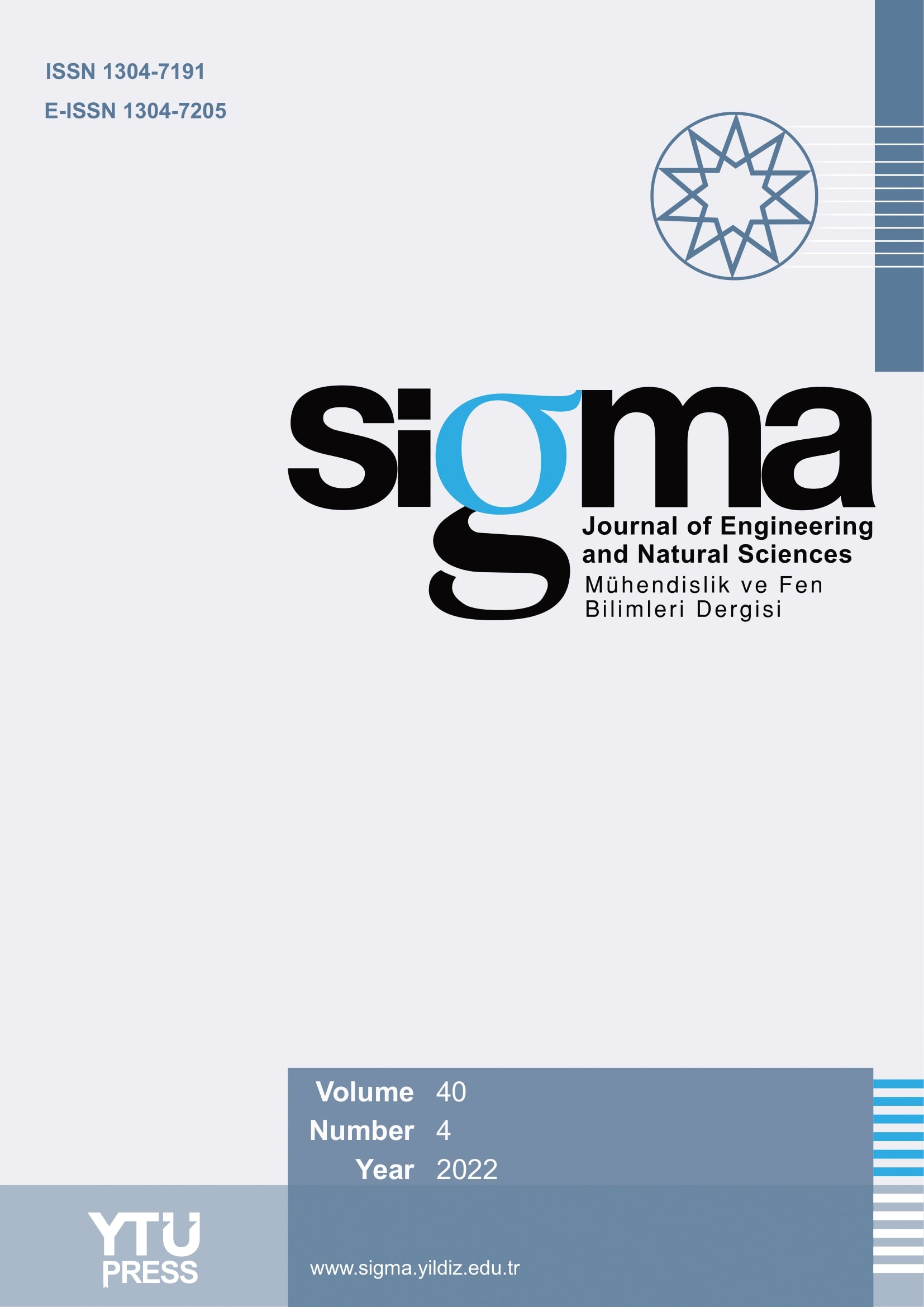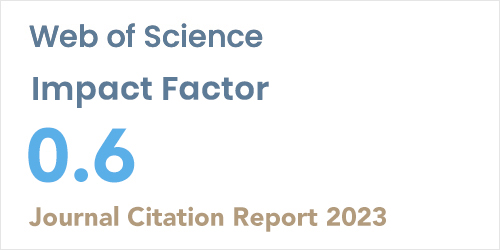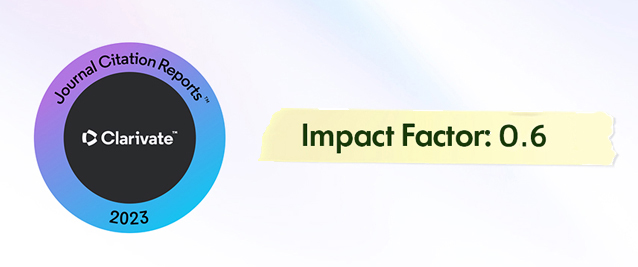2SRM Institute of Science and Technology Dpartment of Information Technology ,Ramapuram,Tamilnadu, India
Abstract
Glioblastoma is characterized as the most common and lethal primary brain tumor among adults, glioblastoma is associated with enormous clinical management challenges due to its high rate of recurrence, poor prognosis and underlying complexity. Here we propose a study to improve the prediction of overall survival in GBM patients treated with stereotactic radio-surgery using advanced image segmentation and machine learning techniques. In this paper, we propose a novel fusion of Cat Swarm Optimization based hybrid ResNet and U-Net models to achieve an accurate segmentation of the tumor as well as an ensemble of machine learning algorithms for survival prediction enabling us to overcome limitations of conventional techniques. We demonstrate that on the BraTS2020 related regions we are able to produce almost perfect segmentations with metrics, like 99.2% segmentation accuracy,loss of 0.023, recall of0.986, a mean intersection over union (IOU) of 0.991, a dice coefficient of 0.96, a precision of 0.991, a sensitivity of 0.991, and a specificity of 0.997. For in the field of survival prediction we looked at many machine learning models which we found out that the Random Forest did an outstanding job at handling the complex issues presented by the segmented images. Also we saw that the Ensemble method did very well in this area which we report to have achieved 60.01% accuracy. We present that which is the use of in depth image segmentation in combination with machine learning greatly improves results in Glioblastoma survival prediction. Also this approach does not only improve the prognostic accuracy but also brings to the table what may be game changing elements in clinical management and personalized treatment.















